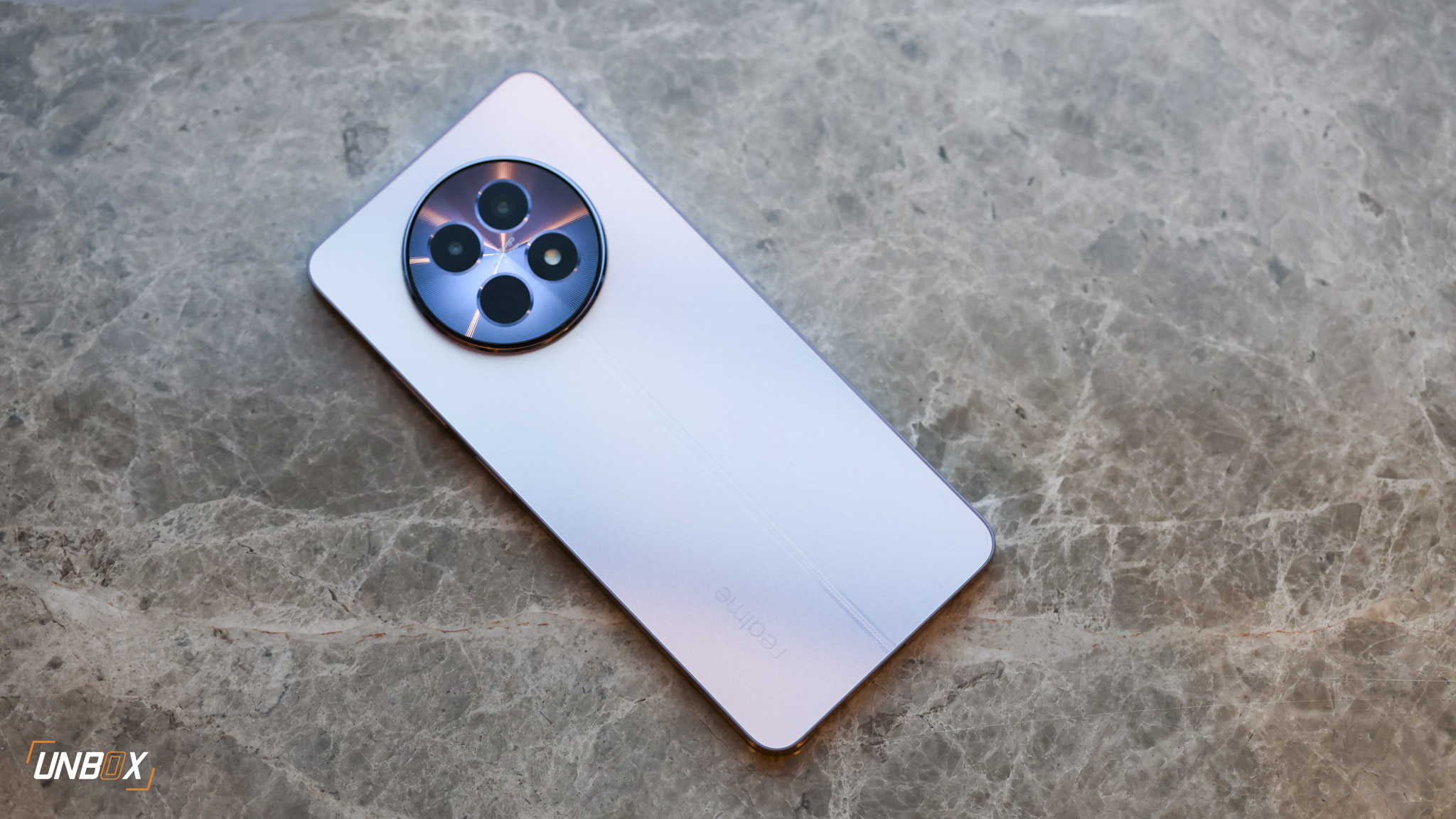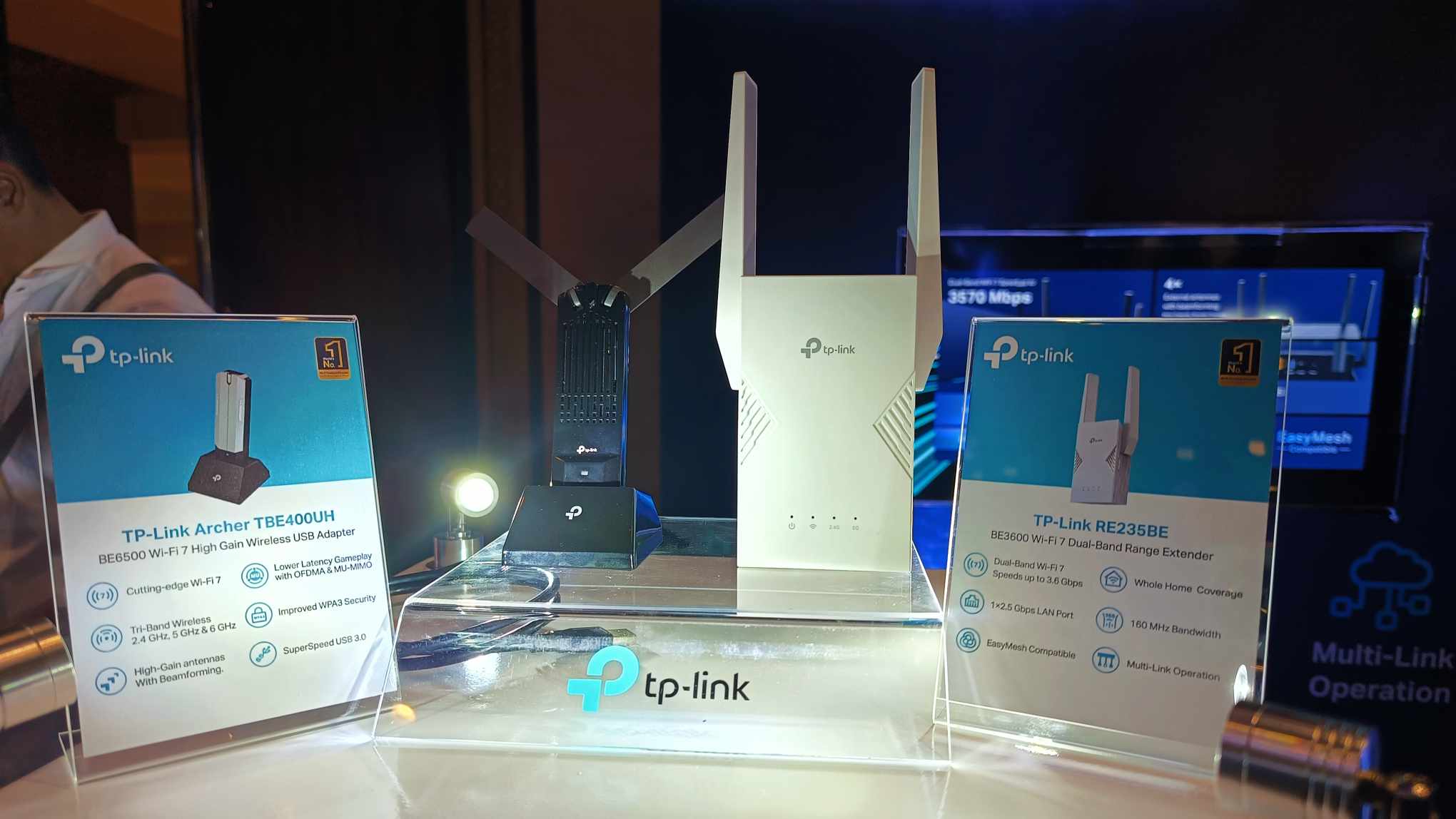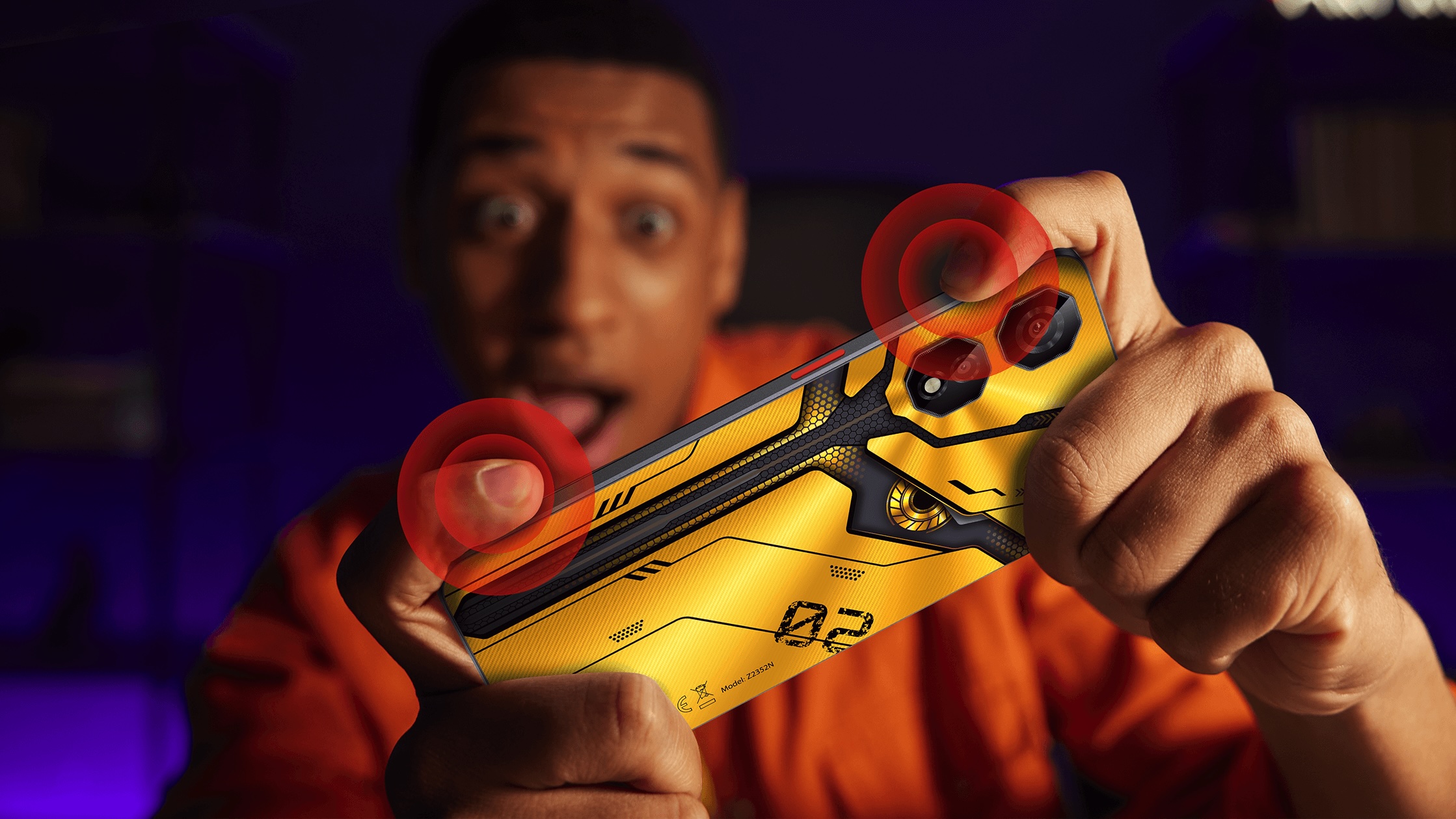Quad-core ng bayan, part deux
Love it or hate it, Cherry Mobile’s Flare 2.0 was a hit. It was hard to deny the value proposition of Cherry’s budget quad-core smartphone, as its Php 3,999 price tag proved irresistible for many. Though plagued with a lackluster (to put it mildly) battery life, the Flare 2.0 had a great mix of features, design and performance. While not part of Cherry Mobile’s official Flare product line, the Sonic 2.0 fits in the same category as the Flare as far as the number of cores, and more importantly price, is concerned, making it its unofficial successor.
>>> See also: Cherry Mobile Flare 2.0 Review
Cherry Mobile Sonic 2.0 specs
- 1.2GHz quad-core Broadcom BCM23550 processor
- 1GB RAM
- 4-inch capacitive TN touchscreen, 480×800 pixels
- VideoCore IV GPU
- 4GB internal storage, expandable via microSD
- 5-megapixel camera, LED flash
- VGA camera front camera
- Wi-Fi 802.11 b/g/n (with Miracast functionality)
- OTG
- 2G, 3G, HSPA+
- GPS, GLONASS, Bluetooth 4.0
- 1400mAh battery
- Php 3,999
Design and Build: As generic as they come
The design of the Sonic 2.0 is as vanilla as they come. In car terms, its design can probably be likened to the Toyota Vios: it’s neither pleasing nor annoying, failing to move the needle in either direction. A dark, metallic grey strip goes surrounds the phone on the side in a vain attempt to add visual flair. One thing that we did like about it though was that it wasn’t terribly difficult to hold and use because of the curved back and the matt black back. Its design actually closely resembles another smartphone that we previously reviewed, the NFC equipped Rave 2.0.
>>> See also: Cherry Mobile Rave 2.0 Review
As far as button layouts go, the Sonic 2.0 is typical Android – volume rockers on the left, power/unlock button on the top, on-screen Android navigation buttons on the lower part of the display. The 3.5mm jack and the USB charging port are located where you’d expect them to be, namely on the top and on the bottom, respectively.
Though we may knock at the vanilla-ness of the Sonic 2.0, one thing that we did notice as far as its outside appearance is concerned was its build quality. The Sonic 2.0 is a solidly built smartphone, with no obvious creaks or gaps anywhere in the device.
As far as the display goes, you’re getting a 4-inch Twisted Nematic (TN) panel with a 480 x 800 pixel resolution which equates to roughly 233 pixels per inch. Viewing angles aren’t the greatest which isn’t necessarily the phone’s fault – it’s just the limitations of the TN display. We did have a bit of trouble reading the display under direct sunlight, even at full brightness, which is again, another limitation of TN equipped smartphones.
Hardware and Software: Even better than the Flare 2.0
While the Sonic 2.0 and the Flare 2.0 both have quad-core processors, the Sonic 2.0 definitely has an advantage as far as performance is concerned. The Sonic 2.0 uses Broadcom’s BCM23550 processor as opposed to MediaTek’s more prolific SOCs, and manages to outperform its older sibling by a wide margin, netting a score of 13597 in AnTuTu. For reference, the 5.5-inch Rave 2.0 and it’s quad-core MediaTek MT6589 processor got 13,138 points.
The performance of the processor was noticeable as we used the device as our daily driver. Animations are fluid, and apps opened quickly. We did notice a tiny bit of lag, but not enough that it would be a major issue while using the phone.
We loaded up our standard Android gaming app for testing, Dead Trigger 2 to see just how far the Sonic 2.0 can go as far as gaming is concerned. We’re happy to report that the Sonic 2.0 ran the game well, but we did see lag spikes at the beginning of each level as the game finished loading. Thankfully, these spikes usually go away after 2 or 3 seconds into the level.
We like how Cherry Mobile pretty much left the Android experience on the Sonic 2.0 stock Android, as it meant that we didn’t have to remove any unwanted or annoying bloatware.
As far as call quality goes, the Sonic 2.0 passed with flying colors. Calls made to, and with, the Sonic 2.0 are clear and crisp.
Battery life: Ayayay
Unfortunately for the Sonic 2.0, it managed to live up to its predecessors’ flaws as well, namely battery life. we knew right off the bat that the Sonic 2.0 would not fare well in our battery drain test (where we loop a short video over and over to see how long a device lasts). For our video, we used the first episode of Attack on Titan (awesome anime by the way) with the brightness and volume set to 50%, and the Sonic 2.0 only managed to trudge on for 5 hours and 4 minutes. That translated to a mere 6 hours and 30 minutes of battery life with regular use (text, calls, a few minutes of gaming and internet). It’s safe to say that if you’re buying the Sonic 2.0, it might be a good idea to grab a separate power bank while you’re at it.
Camera: What you’d expect from a budget device
The photos from the Sonic 2.0 are okay, certainly good enough for use in social networks.
In direct sunlight, the photos are look washed out and dull, in artificial light there’s a bit of noise, but the photos are still usable. This shouldn’t come as a surprise, especially considering the price point.
Verdict: Great bang for your buck, as long as you invest in a powerbank
After all that’s said and done, the Cherry Mobile Sonic 2.0 is actually a pretty good quad-core smartphone, especially considering the price. Its performance is on par with its bigger sibling, the Rave 2.0 which retails for twice its price. Yes, the low battery endurance is disappointing, but that’s easily fixed if you invest in a powerbank (which you should be doing anyway regardless of what device you own). Probably the only thing that we’d recommend over it is another Cherry Mobile device, the Flare S which is only a few hundred pesos more, at 4,499, though the Flare S is another device that has its own battery issues.
>>> See also: Cherry Mobile Flare S



















